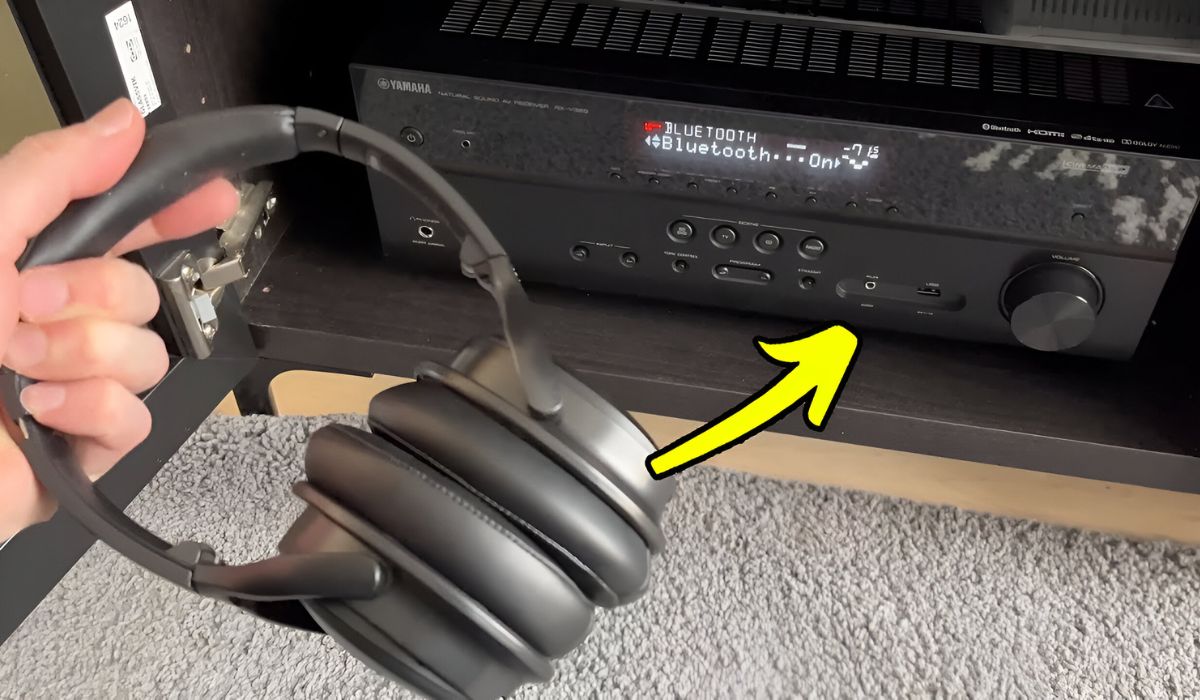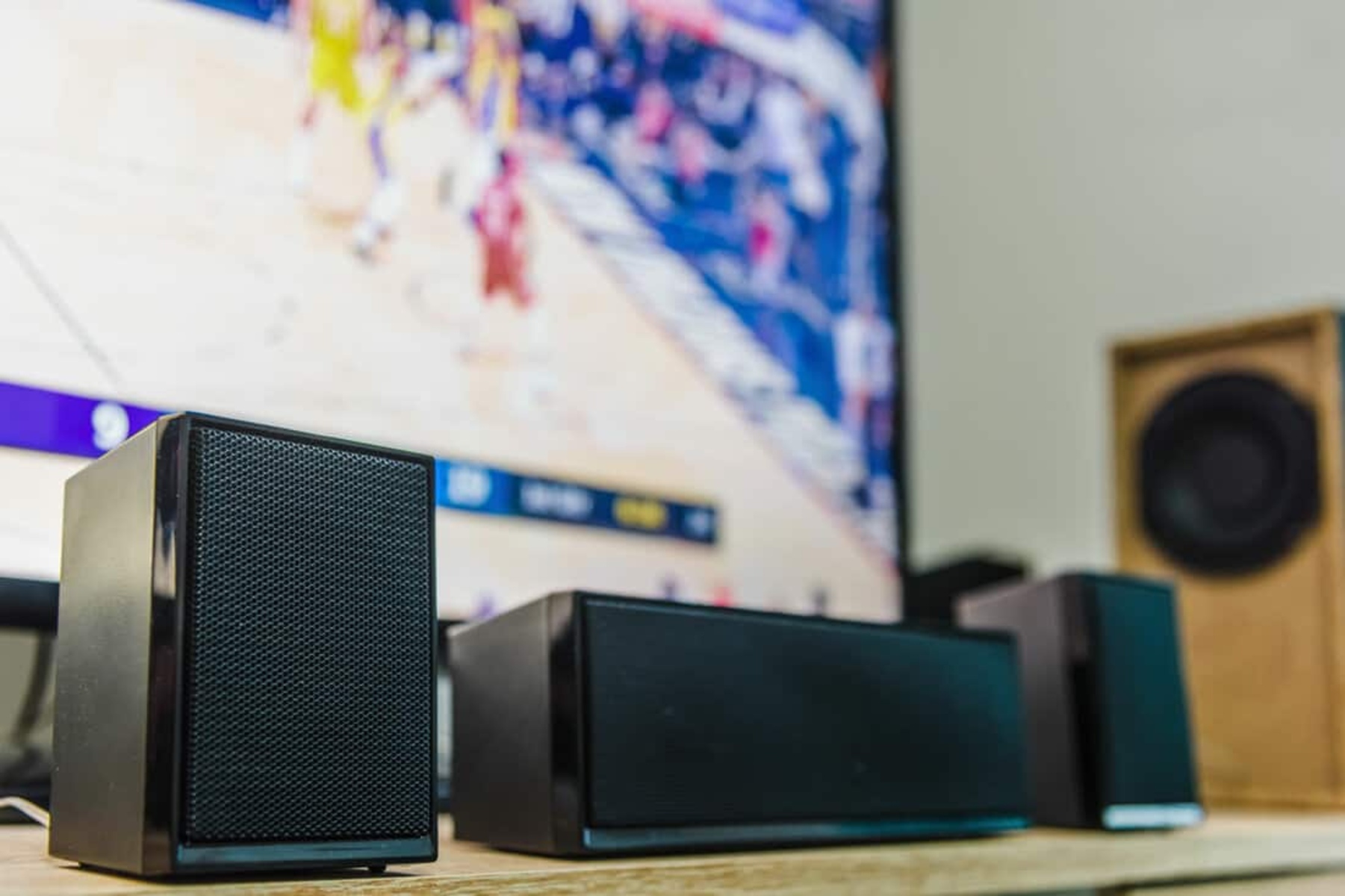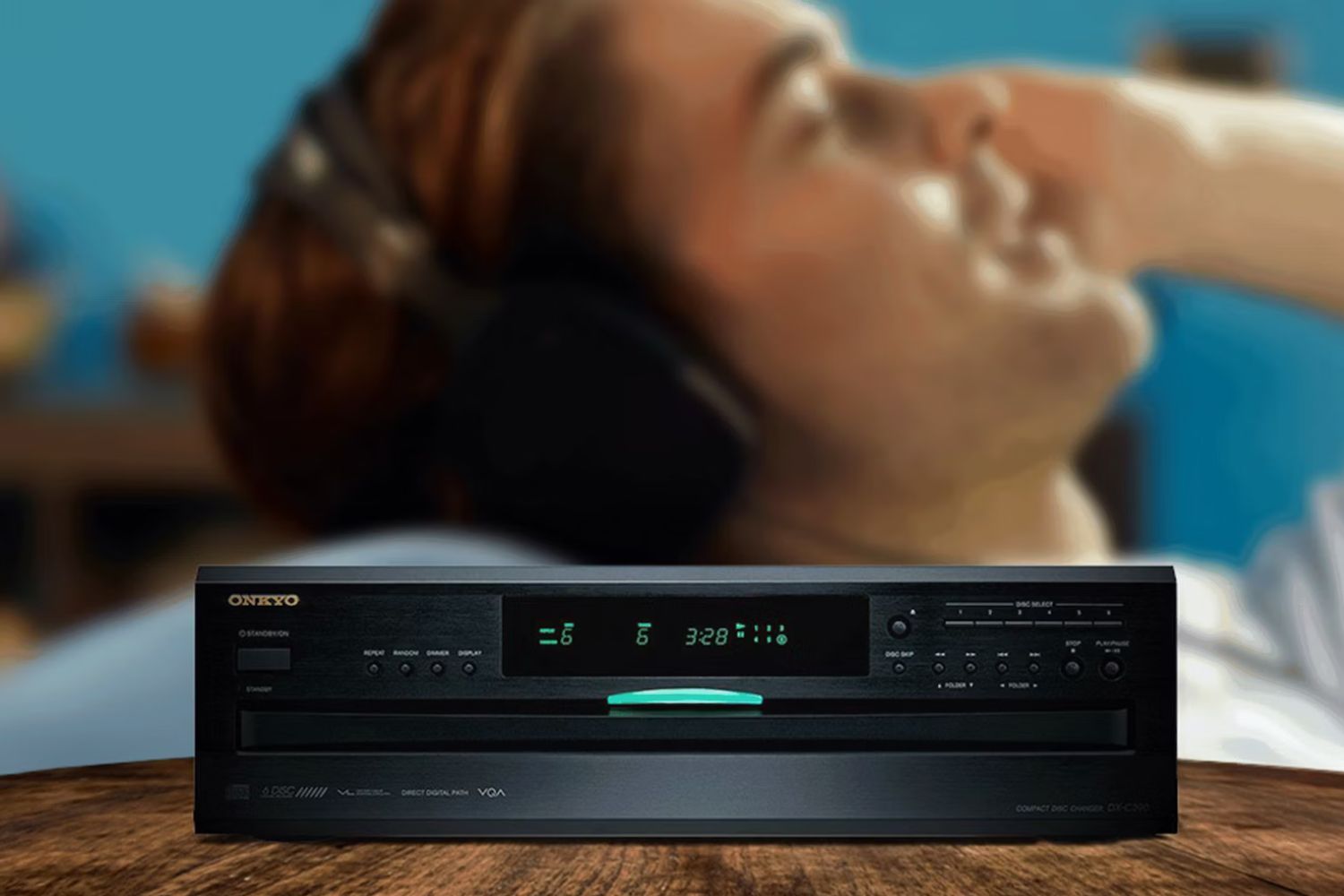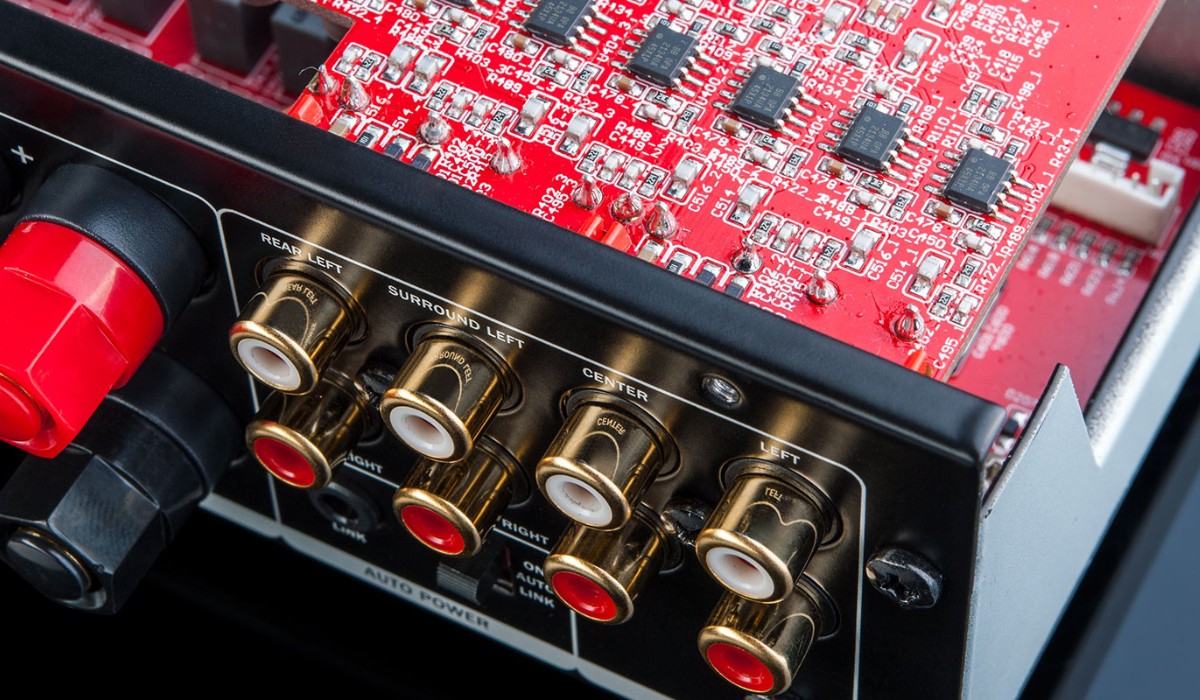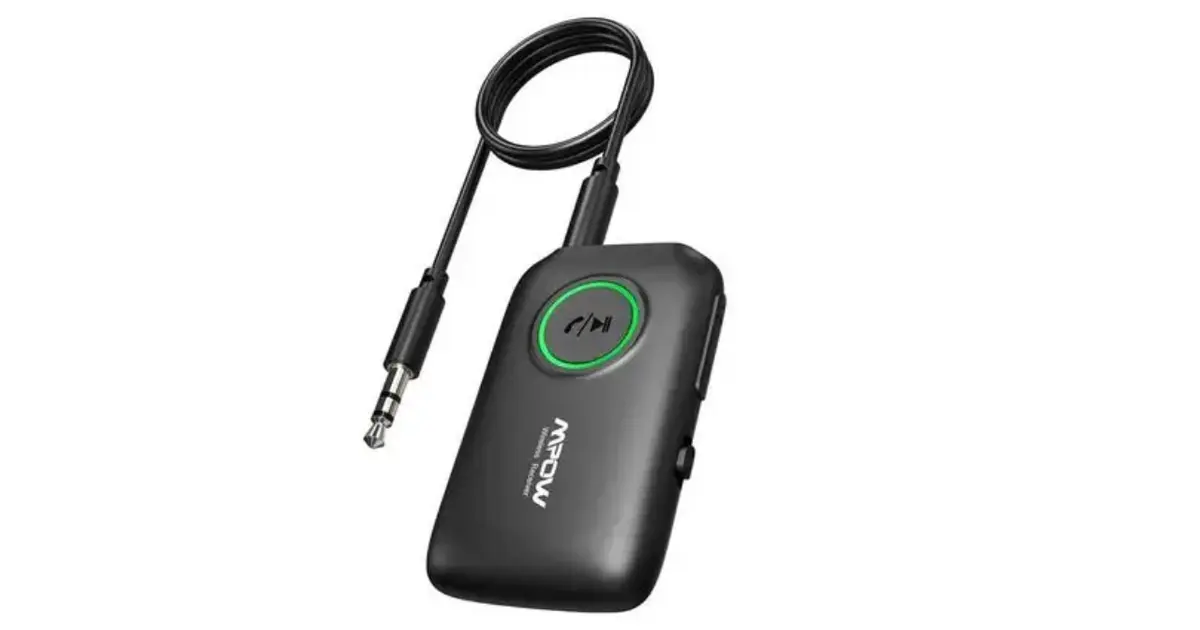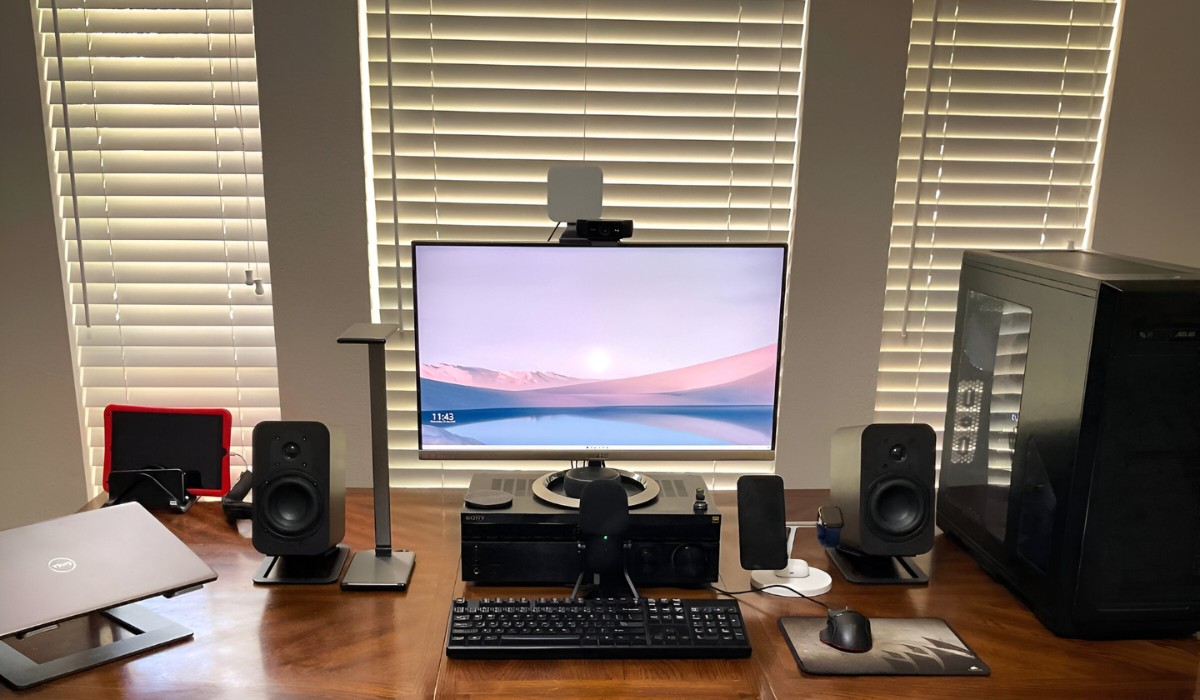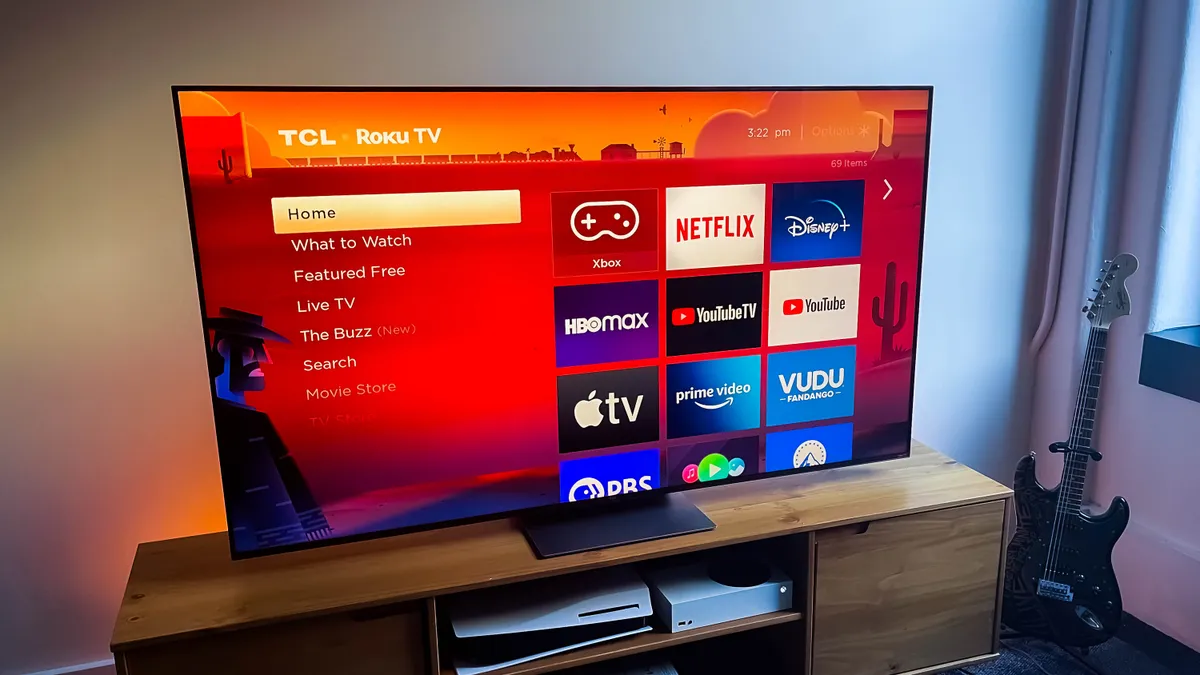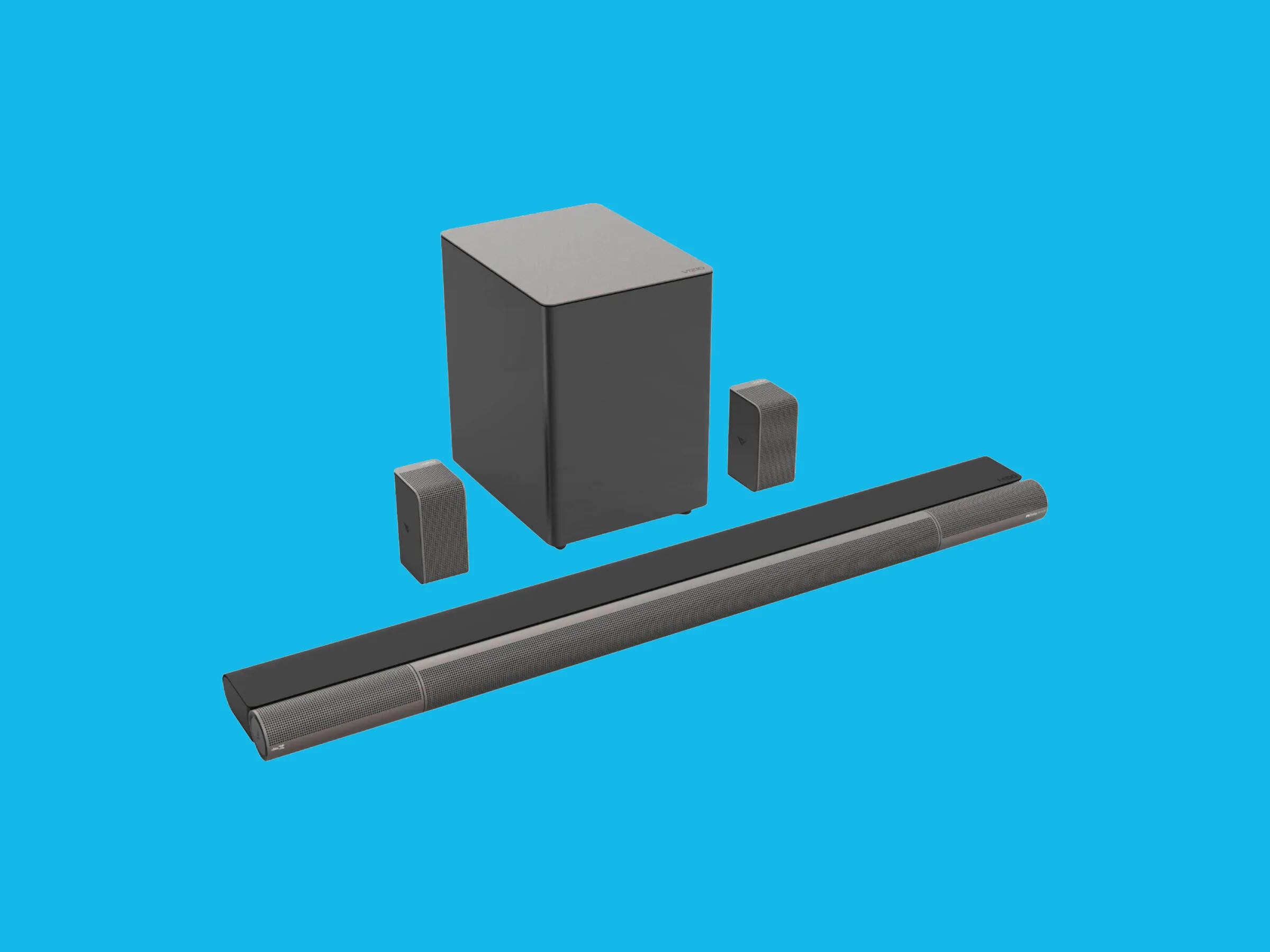Introduction
Welcome to the modern era of audio connectivity, where wireless transmission has become the norm. With the increasing prevalence of Bluetooth technology, the need to transmit audio signals from devices without a headphone jack to an AV receiver has become a common challenge for many audio enthusiasts. Whether you’re looking to stream music from your smartphone or connect your TV to your home theater system, understanding how to transmit Bluetooth without a headphone jack is essential for a seamless audio experience.
As technology continues to evolve, traditional wired connections are being replaced by wireless alternatives. This shift has led to the widespread adoption of Bluetooth-enabled devices, offering convenience and flexibility in audio transmission. However, when it comes to connecting devices without a headphone jack to an AV receiver, it’s important to explore the available options and understand the setup process to ensure a smooth and reliable connection.
In this guide, we’ll delve into the world of Bluetooth transmission without a headphone jack, exploring the various options available for transmitting audio wirelessly to an AV receiver. Whether you’re a music lover, a movie enthusiast, or simply seeking a solution to connect your devices seamlessly, this comprehensive overview will equip you with the knowledge and practical insights needed to set up and optimize Bluetooth transmission with your AV receiver.
Understanding Bluetooth Transmission
Before delving into the specifics of transmitting Bluetooth audio without a headphone jack, it’s crucial to grasp the fundamentals of Bluetooth technology. Bluetooth, named after the 10th-century Danish king Harald Bluetooth, is a wireless communication standard that enables the exchange of data over short distances. Initially developed as a wireless alternative to RS-232 data cables, Bluetooth has evolved into a versatile connectivity solution for a wide range of devices, including smartphones, tablets, laptops, and audio equipment.
Bluetooth operates within the 2.4 to 2.485 GHz frequency band and uses a technique called frequency-hopping spread spectrum (FHSS) to mitigate interference from other wireless devices operating in the same frequency range. This allows for reliable and secure communication between Bluetooth-enabled devices, making it an ideal choice for audio transmission.
When it comes to audio transmission, Bluetooth technology employs various codecs to compress and decompress audio data, ensuring efficient wireless streaming with minimal latency. Common Bluetooth audio codecs include SBC (Subband Coding), AAC (Advanced Audio Coding), aptX, and LDAC, each offering different levels of audio quality and latency performance.
Understanding the intricacies of Bluetooth transmission is essential for optimizing audio quality and minimizing potential connectivity issues. Factors such as signal range, codec compatibility, and device pairing play a crucial role in ensuring a seamless Bluetooth audio experience. By familiarizing yourself with the underlying principles of Bluetooth technology, you’ll be better equipped to navigate the process of setting up Bluetooth transmission without a headphone jack.
Options for Transmitting Bluetooth Without a Headphone Jack
When faced with the challenge of transmitting Bluetooth audio without a headphone jack, several viable options exist to facilitate seamless wireless connectivity to an AV receiver. Understanding these options empowers audio enthusiasts to make informed decisions based on their specific needs and device compatibility.
- Bluetooth Transmitter: One of the most straightforward solutions involves using a Bluetooth transmitter. This compact device connects to the audio output of your source device, such as a TV, smartphone, or computer, and wirelessly transmits the audio signal to a compatible Bluetooth receiver connected to your AV system. Bluetooth transmitters come in various forms, including portable dongles and integrated transmitters built into certain audio devices.
- Smartphone Apps: Some smartphones offer the ability to transmit audio to Bluetooth-enabled devices using dedicated apps. These apps leverage the smartphone’s built-in Bluetooth capabilities to stream audio to compatible receivers, providing a convenient wireless audio solution without the need for a headphone jack.
- Bluetooth-Enabled Adapters: For devices lacking a headphone jack, Bluetooth-enabled adapters can serve as an intermediary solution. These adapters connect to the audio output of the source device, allowing for wireless audio transmission to a Bluetooth receiver or AV system. They are particularly useful for older devices or equipment that do not natively support Bluetooth connectivity.
Exploring these options provides a comprehensive view of the available solutions for transmitting Bluetooth audio without a headphone jack. Each method offers its own set of advantages and considerations, allowing users to tailor their wireless audio setup to suit their preferences and technical requirements.
Setting Up Bluetooth Transmission with an AV Receiver
Setting up Bluetooth transmission with an AV receiver involves a series of straightforward steps to establish a seamless wireless audio connection. Whether you’re using a Bluetooth transmitter, smartphone app, or adapter, the process typically follows a similar pattern to ensure a successful setup.
- Pairing Devices: Begin by pairing the Bluetooth transmitter, smartphone, or adapter with the AV receiver. This typically involves putting the receiver into pairing mode and initiating the pairing process on the transmitting device. Follow the manufacturer’s instructions for both the transmitter and receiver to ensure a successful connection.
- Connecting Audio Source: Once the devices are paired, connect the audio source, such as a TV, computer, or smartphone, to the Bluetooth transmitter or adapter. This may involve using the appropriate audio cables or selecting the transmitter as the audio output device in the source device’s settings.
- Configuring Receiver Input: On the AV receiver, select the input corresponding to the Bluetooth connection. This allows the receiver to receive and process the audio signal transmitted wirelessly from the source device. Some receivers may have dedicated Bluetooth input options, while others may require selecting a specific input mode, such as “Bluetooth” or “Wireless Audio.”
- Testing and Optimization: Once the setup is complete, test the Bluetooth transmission by playing audio from the source device. Ensure that the audio is being received and played through the AV receiver’s speakers. Depending on the transmitter, adapter, or smartphone app used, you may have options to adjust audio settings and optimize the wireless connection for the best audio quality and performance.
By following these steps, users can effectively set up Bluetooth transmission with an AV receiver, enabling wireless audio streaming from devices without a headphone jack. Familiarizing yourself with the specific setup process for your chosen transmission method is essential for a hassle-free and enjoyable wireless audio experience.
Troubleshooting and Tips for Better Bluetooth Transmission
While Bluetooth transmission offers the convenience of wireless audio connectivity, occasional challenges may arise during setup or usage. Understanding common troubleshooting techniques and implementing practical tips can help optimize Bluetooth transmission and mitigate potential issues.
Here are some troubleshooting tips and recommendations for achieving better Bluetooth transmission:
- Optimize Placement: Ensure that the Bluetooth transmitter, smartphone, or adapter is positioned in close proximity to the AV receiver for optimal signal strength. Minimizing obstructions and interference from other electronic devices can improve the stability of the Bluetooth connection.
- Update Firmware and Drivers: Check for firmware updates for the Bluetooth transmitter, receiver, and any other relevant devices. Keeping the firmware and drivers up to date can address compatibility issues and enhance the overall performance of the wireless audio setup.
- Address Interference: Identify and mitigate potential sources of interference, such as Wi-Fi routers, microwave ovens, and other Bluetooth devices operating in the vicinity. Interference can disrupt Bluetooth signals, leading to audio dropouts and connectivity issues.
- Experiment with Codecs: If your Bluetooth transmitter and receiver support multiple audio codecs, experiment with different codecs to find the optimal balance between audio quality and latency. Some codecs may offer better performance based on the specific audio content and devices involved.
- Check Device Compatibility: Verify the compatibility of the Bluetooth transmitter or adapter with your source device, as well as the compatibility of the receiver with the selected Bluetooth codec. Ensuring compatibility across all devices involved in the transmission process is crucial for seamless operation.
By implementing these troubleshooting tips and following best practices, users can enhance their Bluetooth transmission experience, minimize connectivity issues, and optimize the wireless audio setup for superior performance.
Conclusion
Navigating the realm of Bluetooth transmission without a headphone jack opens up a world of possibilities for seamless wireless audio connectivity. Whether you’re streaming music from your smartphone, enjoying movies from a laptop, or connecting various audio sources to your AV receiver, understanding the options and setup process for Bluetooth transmission is essential for a versatile and hassle-free audio experience.
By exploring the various methods of transmitting Bluetooth audio, such as using Bluetooth transmitters, smartphone apps, and Bluetooth-enabled adapters, users can tailor their wireless audio setup to suit their specific needs and device compatibility. The flexibility offered by these options empowers audio enthusiasts to create a personalized and convenient audio environment without the constraints of traditional wired connections.
Furthermore, familiarizing yourself with the fundamentals of Bluetooth technology, including audio codecs, pairing processes, and troubleshooting techniques, equips you with the knowledge to optimize Bluetooth transmission and address potential connectivity challenges. Implementing practical tips, such as optimizing device placement, updating firmware and drivers, and experimenting with codecs, can significantly enhance the stability and performance of your wireless audio setup.
As technology continues to evolve, the landscape of audio connectivity undergoes constant transformation. Embracing the capabilities of Bluetooth transmission without a headphone jack enables users to stay at the forefront of wireless audio innovation, seamlessly integrating their devices and AV systems for a truly immersive audio experience.
With the insights and practical guidance provided in this comprehensive overview, you are well-equipped to embark on your journey of setting up and optimizing Bluetooth transmission with your AV receiver, unlocking the potential for wireless audio freedom and convenience in your home entertainment setup.







